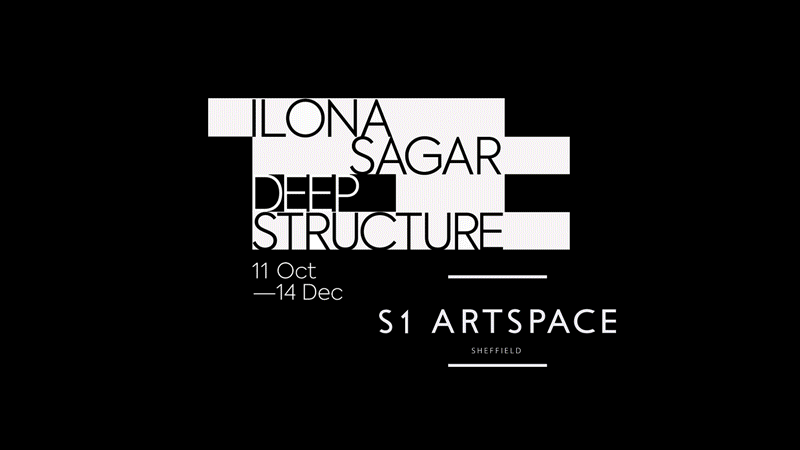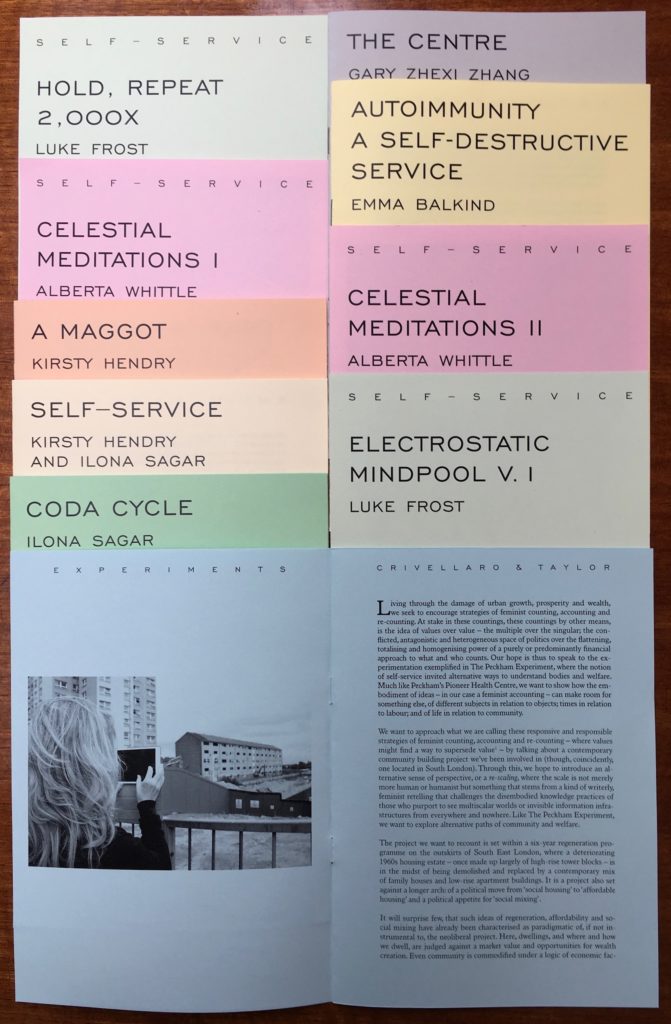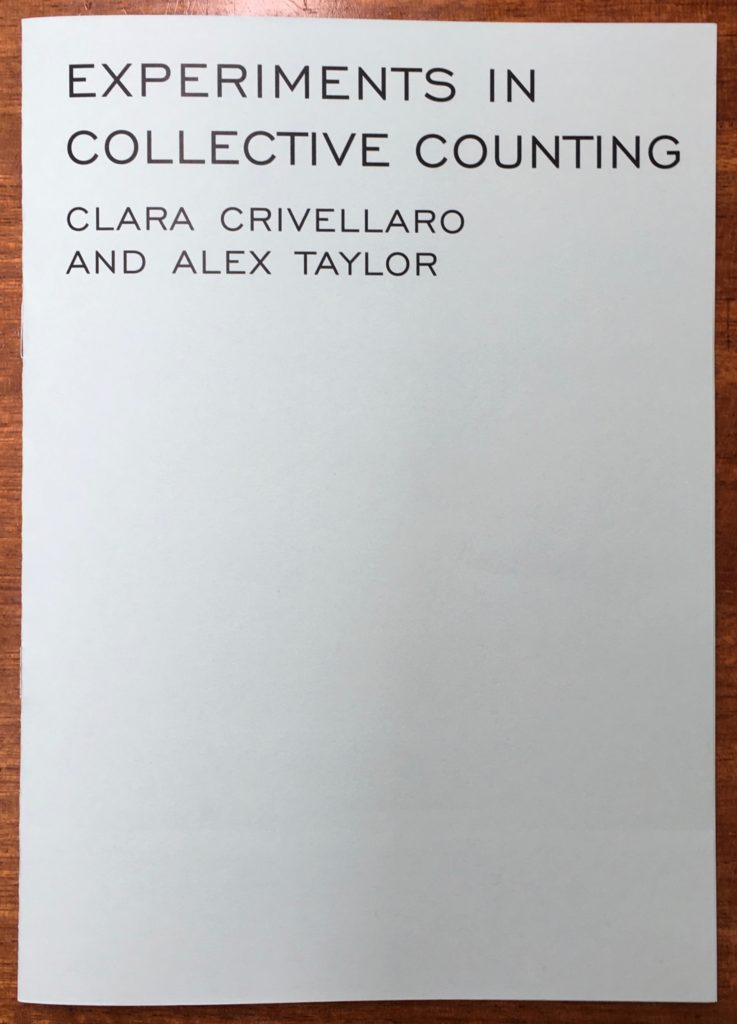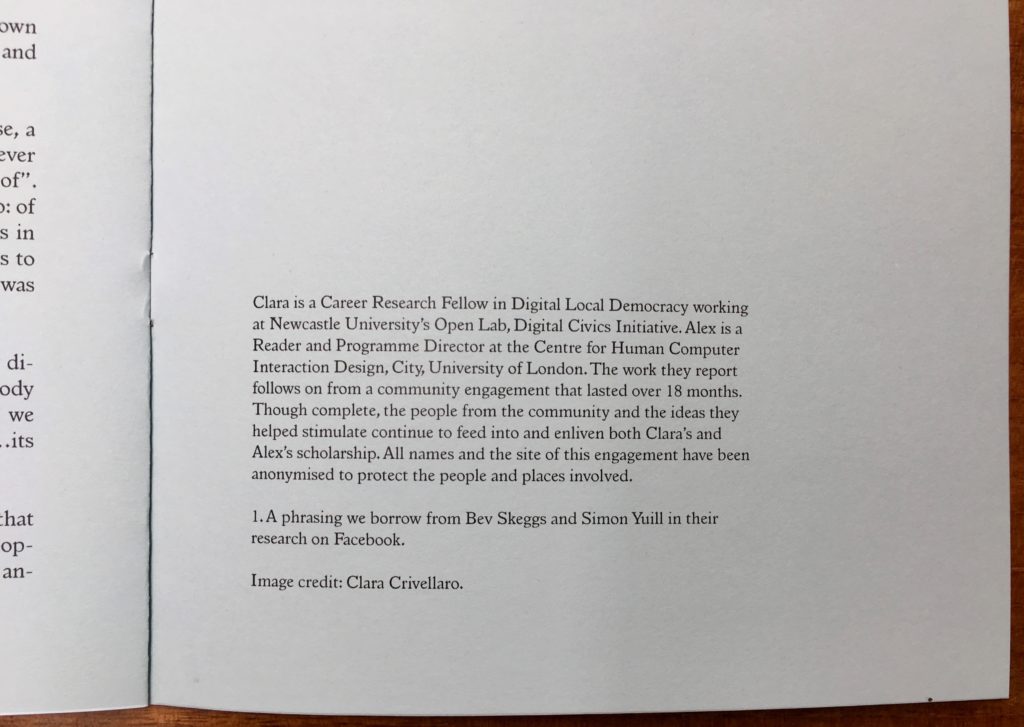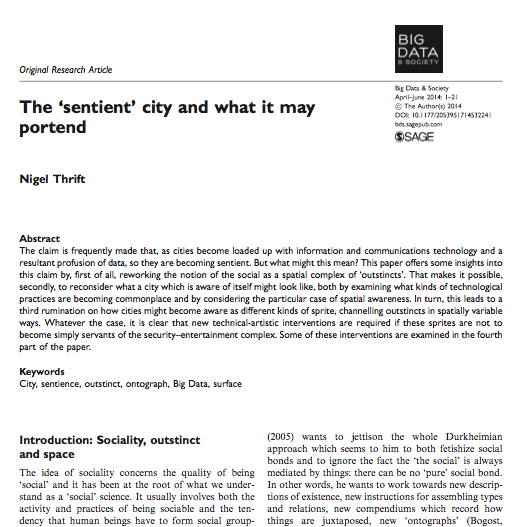Very happy to have another publication from the monumental Tenison Road project, this time in the Journal of Computer-Supported Cooperative Work (CSCW).
Lindley, S.E., Thieme, A., Taylor, A.S. et al. (2017). Surfacing Small Worlds through Data-In-Place. Computer Supported Cooperative Work.
Abstract
We present findings from a five-week deployment of voting technologies in a city neighbourhood. Drawing on Marres’ (2012) work on material participation and Massey’s (2005) conceptualisation of space as dynamic, we designed the deployment such that the technologies (which were situated in residents’ homes, on the street, and available online) would work in concert, cutting across the neighbourhood to make visible, juxtapose and draw together the different ‘small worlds’ within it. We demonstrate how the material infrastructure of the voting devices set in motion particular processes and interpretations of participation, putting data in place in a way that had ramifications for the recognition of heterogeneity. We conclude that redistributing participation means not only opening up access, so that everyone can participate, or even providing a multitude of voting channels, so that people can participate in different ways. Rather, it means making visible multiplicity, challenging notions of similarity, and showing how difference may be productive.
See more on the CSCW site here. See an early draft here.
